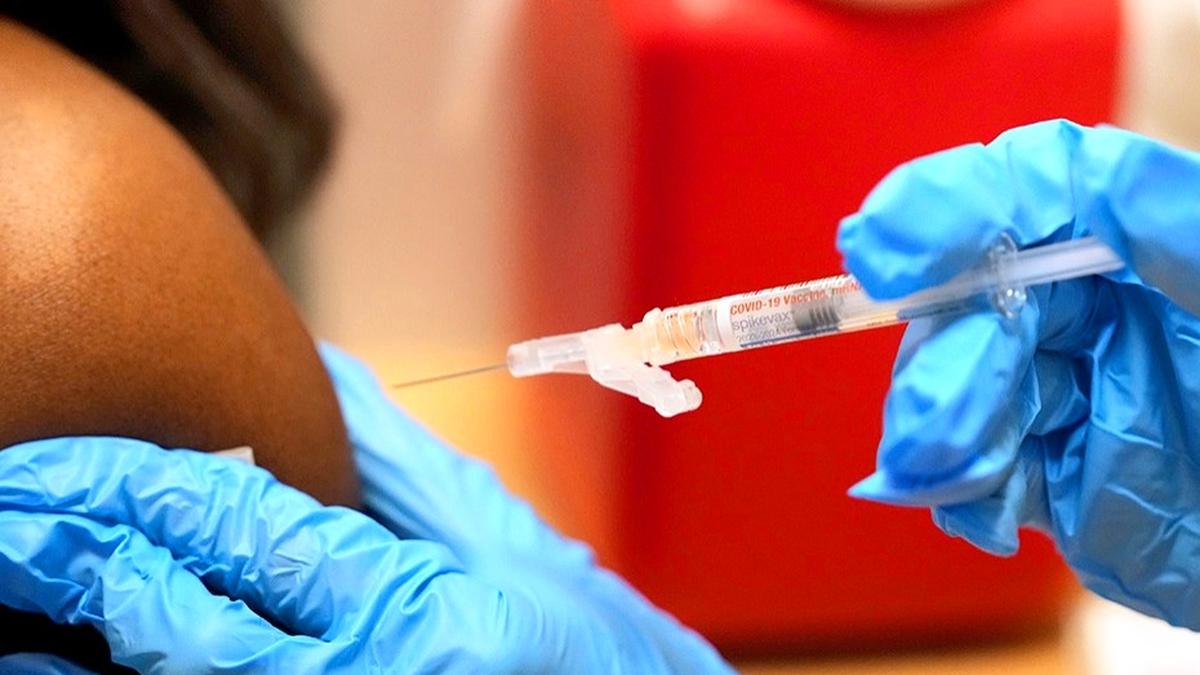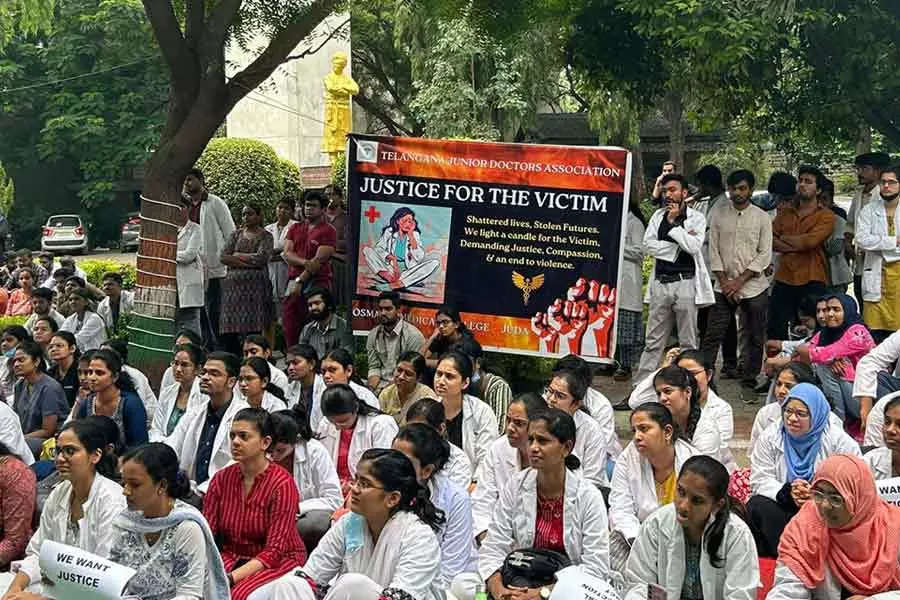Around 63% premature deaths due to cancers in Indian women could have been prevented by reducing risk factors, screening, and diagnosis, while 37% could have been averted with timely and optimal treatment, a new Lancet Commission report on gender inequity in cancer care said.
Titled ‘Women, Power and Cancer’, the report said around 6.9 million cancer deaths among women in India were preventable and 4.03 million were treatable.
The report highlighted that even though men are at a higher risk of cancers that affect both genders, cancer incidence and mortality in women remains high. Globally, women account for 48% of the new cancer cases and 44% of cancer deaths. This happens even though some of the cancers in women, such as breast and cervical cancers, are highly preventable and treatable.
What is behind the poorer outcomes for women?
The report said women face challenges in accessing timely and appropriate care in the absence of knowledge, decision-making and financial powers and availability of services at the primary level closer to home. Irrespective of which part of the world they live in and which strata of the society they belong to, women are more likely than men to lack the knowledge and power to make informed decisions, the report said. It added that they are also much more likely to experience financial catastrophe due to cancer.
When it comes to providing cancer care, the report said, women are under-represented as leaders, are likely to face gender-based discrimination and sexual harassment, and also constitute the largest unpaid workforce. The report estimated that the value of unpaid cancer care-giving by women is about 3.66% of India’s national health expenditure.
What do experts say?
Dr Abhishek Shankar, assistant professor at the All India Institute of Medical Sciences, New Delhi, who works on preventive oncology, said: “There is of course a gendered aspect to cancer care. The healthcare-seeking behaviour is very less among women, especially in the poor sections of the society. While the risk of certain cancers, such as the ones related to exposure to smoke or tobacco, may be similar in men and women, treatment of women is not the priority. This is the reason they are likely to fare worse than men.”
In addition to knowledge about cancers and its prevention, Shankar added, there is a need for societal changes as well. “The most common cancers in women are breast and cervical cancer. However, women hesitate to approach male doctors with these problems or even let a female doctor check the genital area, leading to delays in diagnosis and treatment,” he said.
The need for travel to district hospitals, state capitals, or to big tertiary hospitals in other states for screening, diagnostic tests, and treatment also leads to delays in treatment, resulting in poorer outcomes, said Dr Shankar.
What is the importance of screening?
When it comes to the two most common cancers in women– breast and cervical – they are highly preventable and treatable.
Dr Sarita Shamsundar, professor of gynaecology and the coordinator for gyne-oncology at Safdarjung Hospital, said: “We still have women come in at late stages of the disease when both cancers can be caught very early on through screening.” She advised self-examination of breasts every month, with a clinical examination by a doctor every year. Women over the age of 40 should also get a mammography once a year to check for breast cancer.
She said women who detect any lumps during self-examination must consult a doctor immediately.
For cervical cancer, she said women between the ages of 25 and 65 years should get a pap smear test to check for pre-cancerous growth on their cervix. An HPV test — a test to detect the human papilloma virus that causes a majority of cervical cancers — can also be done every five or ten years, she said.
What can the government do?
One of the most important interventions needed, Shankar said, was creating awareness among people, especially women, so they come forward for screening and seek care. “When the government carried out an information campaign to tell people that Covid-19 vaccines can prevent deaths due to the infection, people turned up in large numbers to get the shot. The same is needed for cancer prevention.”
Dr Shamsundar said that an HPV vaccination programme by the government, which is in the works, is likely to reduce the incidence of the common cancer in women. “The vaccine for HPV that causes cervical cancer is already available in the country and an indigenous one has also been developed. The government is working to include the vaccine in the universal immunisation programme for young girls. The vaccine has to be administered in women below the age of 25 years before sexual activity. It prevents the virus from entering the body,” she said.
She added that the screening programme of the government at the level of primary health centres and sub-centres can also help in early diagnosis. “One of the challenges is that the patients are then lost for follow-up, because they have to go to higher centres for biopsy and then treatment. But, at least for cervical cancer, treatment can be provided by the nursing staff at the primary health centres itself, as is done in Bangladesh,” she said.
Most Read
Dr Shamsundar said removing precancerous or cancerous lesions in the cervix can be quite easy. “Acetic acid — which is a dilute form of vinegar — can be put on the cervix of the women and the cancerous regions get highlighted in white. A small probe can then be used to either freeze or burn and destroy the tissue. It is not a complex procedure and can be done by trained nurses,” she said.
What are the recommendations of the report?
The report said there is a need to regularly collect data on gender and social demographics for cancer health statistics. It called for developing, strengthening, and enforcing laws and policies that reduce exposures to known cancer risks.
Stating that cancer care and research is dominated by men who decide what is prioritised, funded, or studied, it called for equitable access to cancer research resources, leadership, and funding opportunities for women.










